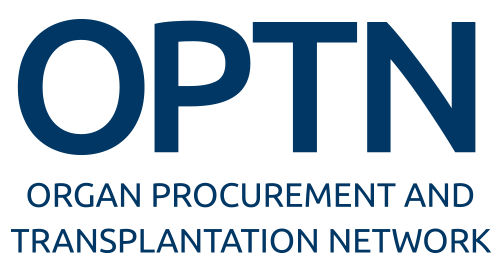Improvement
As the central hub of the donation and transplant community, the OPTN is committed to helping all of its members expand their quality improvement efforts to increase transplant. This includes coaching and encouraging our member community to collaborate, spread effective practices, embrace change and apply key learnings.
There are currently two paths to take part in improvement structures with the OPTN:
Collaborative Improvement (CI)
CI is designed to spread change and improve in a particular area, and involves transparent peer-to-peer sharing of successes and challenges in a collaborative environment. In an OPTN collaborative, you are part of a network with a common aim. With CI, effective donation and transplant practices can be gathered, shared and implemented by others for a collective impact.
Learn more about CIIndividual member focused improvement (IMFI)
IMFI involves working closely with an OPTN performance improvement support team and tailoring a project plan to your specific quality improvement goal. IMFI also supports donation and transplant members by facilitating peer mentorship sessions with experienced leaders in relevant fields, and delivering other services that can vary according to need.
Learn more about IMFIThe OPTN is your improvement partner
OPTN improvement projects help organ procurement organizations and transplant hospitals improve their organizational processes, become more efficient and increase lifesaving transplants. Increasing utilization of organs through improvement structures is central to the OPTN strategic plan. While OPTN improvement projects are limited to the professional donation and transplant community, they advance the system in order to benefit patients and their loved ones.



